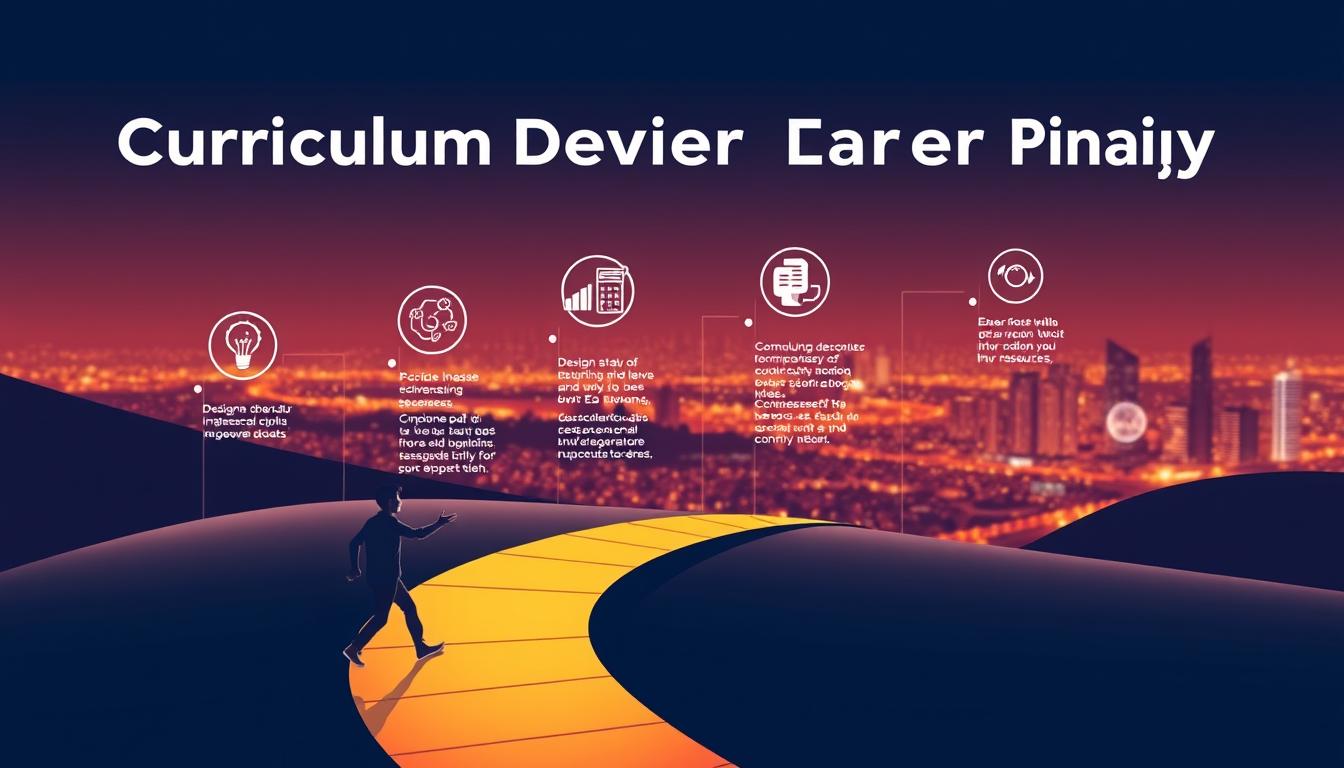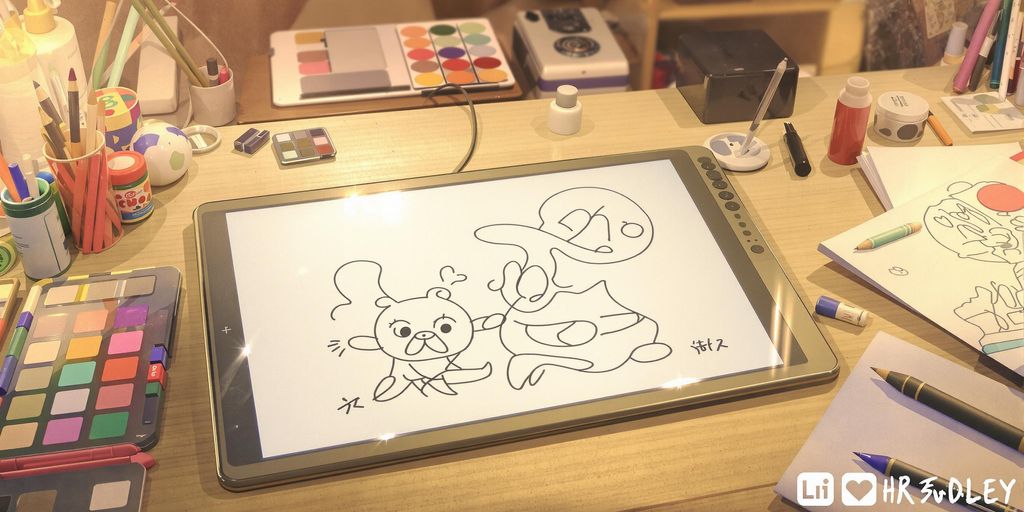The education landscape is shifting faster than ever, and curriculum design roles now extend far beyond traditional school settings. Did you know museums like the Smithsonian and tech giants like Coursera actively seek professionals who can craft engaging learning experiences?
This guide reveals proven methods to position yourself for high-demand opportunities across EdTech startups, publishing houses, and digital learning platforms. You’ll learn to reframe classroom expertise into marketable developer skills using modern tools like RoboApply’s AI resume builder – which analyzes job descriptions in real-time to highlight your most relevant qualifications.
With remote work becoming standard, we’ll show you how to:
- Transform lesson planning experience into measurable outcomes employers value
- Optimize applications using polished resume examples that pass automated screening systems
- Leverage RoboApply’s interview coach to demonstrate alignment with 2025’s focus on microlearning and competency-based design
Key Takeaways
- Curriculum development roles now span 7+ industries beyond traditional education
- AI-powered tools can reduce application time by 60% while improving results
- Specific teaching methodologies translate directly to employer priorities
- Remote positions require tailored strategies for virtual interviews
- Freelance opportunities grew 112% in the last two years alone
The field rewards those who combine educational expertise with strategic career navigation. Let’s explore how to make your transition seamless and successful.
Understanding the Role of a Curriculum Developer
Modern curriculum developers shape how knowledge reaches learners across industries. Unlike traditional teaching roles, these professionals combine pedagogical expertise with strategic design to build frameworks that educators implement daily. Their work directly influences student success rates and institutional effectiveness.
https://www.youtube.com/watch?v=lQrcQ3e4mkA
Curriculum Development Fundamentals
Your core tasks include creating lesson plans aligned with state standards and designing assessments that measure real-world skills. For example, a middle school science unit might integrate VR simulations to teach climate concepts. You’ll collaborate with teachers to identify learning gaps and update materials based on student performance data.
Regulatory compliance is critical. Developers must ensure resources meet federal guidelines like ESSA (Every Student Succeeds Act) while accommodating diverse learners. Analytical skills shine when evaluating test results to refine content – a process that improves retention by up to 34% in competency-based programs.
Career Paths and Opportunities
The field offers roles in K-12 districts, corporate training departments, and adaptive learning platforms. Entry-level positions often focus on creating supplemental materials, while senior roles involve overseeing district-wide curriculum launches. Many professionals transition into leadership roles like Director of Learning Design within 5-7 years.
Remote opportunities have surged, particularly with EdTech firms needing specialists to design digital-first content. Publishing houses and nonprofits also seek developers to create accessible resources for underserved communities. For those building credentials, instructional design resume examples demonstrate how to showcase cross-industry adaptability.
Tailoring Your Resume for Curriculum Development Roles
Your resume acts as the blueprint for hiring managers to assess your design capabilities. Translating classroom achievements into curriculum-building evidence requires strategic framing – especially when 83% of employers now use applicant tracking systems (ATS) to filter candidates.

Reframing Teaching Experience
Shift focus from daily instruction to systemic design impacts. Instead of “Created lesson plans,” try:
“Spearheaded district-wide literacy curriculum overhaul, integrating differentiated instruction frameworks that improved middle school reading proficiency by 18% in one academic year.”
Highlight collaborative projects and data-driven revisions. For example:
- Original: “Managed classroom activities”
- Optimized: “Developed competency-based assessment tools adopted by 23 educators across 4 schools”
Optimizing with RoboApply's AI Resume Builder and ATS Optimizer
RoboApply’s platform analyzes job descriptions to identify priority keywords like “scaffolded learning” or “standards alignment.” Their AI suggests real-time edits:
“Replaced ‘taught algebra’ with ‘Designed modular math curriculum meeting Common Core State Standards (CCSS), resulting in 92% student mastery rates'”
The tool automatically formats your curriculum developer resume examples using ATS-friendly structures. It flags missing skills and recommends industry-specific verbs like “orchestrated” or “streamlined” – terms that appear in ATS-optimized formats 73% more frequently than generic phrases.
Creating a Compelling Curriculum Development Portfolio
Your portfolio is your career storytelling tool – it shows employers exactly how you solve educational challenges. Start by selecting 3-5 projects that highlight different skills: standards-aligned lesson sequences, assessment tools, or cross-disciplinary units. For example, include a science module with embedded ELL supports or a project-based history curriculum with rubrics.
Showcasing Lesson Plans and Units
Prioritize clarity over quantity. Label each sample with grade level, subject, and learning objectives. A middle school math unit might feature:
- Scaffolded lesson plans with differentiation strategies
- Pre/post-assessment data showing 22% skill improvement
- Teacher implementation notes for smooth classroom use
Build custom samples when applying for niche roles. Targeting a museum education position? Design a gallery-based critical thinking activity. Use instructional design portfolio examples to balance visual appeal with substance.
Organize materials in logical categories like “STEM Curriculum” or “Assessment Design.” Google Drive works for quick sharing, while platforms like Canva create polished presentations. Always add context bullets:
“Social Studies Unit | Grade 5
– Aligned to C3 Framework
– Integrated primary source analysis toolkit
– Reduced teacher prep time by 40%”
Update your portfolio quarterly, removing outdated formats. Recent resume examples for education roles show employers value portfolios demonstrating both creativity and measurable impact.
Gaining Practical Experience and Building Skills in 2025
Hands-on expertise separates candidates in competitive curriculum fields. Start by auditing your current capabilities – classroom veterans already possess transferable skills like needs analysis and content sequencing. Did you adapt materials for hybrid learning? That’s instructional design in action.

Real-World Application of Instructional Design
Transform lesson planning into portfolio-worthy projects. Create sample units addressing modern challenges:
- Design microlearning modules for corporate training programs
- Develop accessibility-focused resources for neurodiverse learners
- Collaborate with NGOs to build community education toolkits
Volunteer platforms like Catchafire connect professionals with nonprofits needing curriculum support. For those transitioning from teaching, instructional design roles often serve as stepping stones.
Internships, Volunteer Work, and Skill Development
Proactively pitch EdTech startups offering to redesign their free trial courses. Many companies create internships for candidates demonstrating initiative. Build technical fluency through:
- Certifications in LX design software like Articulate 360
- AI-powered authoring tools for personalized learning paths
- Data analysis courses to measure program effectiveness
Document every project in a digital portfolio with metrics. Track how your work improves completion rates or reduces training costs – numbers prove your impact.
How to Land a Curriculum Developer Job in 2025
Securing your ideal role requires more than qualifications—it demands strategic application tactics. With 72% of curriculum developer positions filled through digital channels, smart technology use separates successful candidates from the pool.
Leveraging RoboApply's Auto-Apply Chrome Extension
RoboApply’s tool streamlines applications across major platforms. Set custom filters for remote-first organizations or K-12 districts, then let the system submit tailored materials while you sleep. One user reported:
“Landed 14 interviews in three weeks by auto-applying to 80+ roles with personalized tweaks”
Combine this with the job tracker to monitor application statuses. Color-coded dashboards show which curriculum opportunities need follow-ups, while integrated calendars sync with virtual interviews.
Target hidden openings by activating “Stealth Search” mode. The extension scans company career pages beyond LinkedIn and Indeed, identifying unadvertised roles at growing EdTech startups. Pair this with direct outreach using pre-built email templates that adapt to different employer types.
Maintain momentum without burnout through smart automation. Schedule applications for high-response periods (Tuesday mornings see 34% more recruiter engagement), and let RoboApply’s CRM nurture relationships with hiring managers through timed follow-ups.
Preparing for a Successful Interview
Interviews for curriculum roles demand more than polished answers—they require evidence of strategic design thinking. Employers want to see how you translate educational theories into measurable outcomes. Start by researching the organization’s mission and existing programs. Did they recently adopt competency-based grading? Mention how your differentiated instruction strategies align with their goals.

Effective Interview Strategies and Techniques
Anticipate questions about standards alignment and assessment design. When asked, “How do you handle diverse learner needs?” respond with specifics: “I developed a middle school science unit with tiered activities, reducing achievement gaps by 27% in pilot classrooms.” Use your portfolio to visually demonstrate processes—walk through a unit showing scaffolded objectives and improvement metrics.
Prepare insightful questions that reveal your expertise. Ask: “How does your team balance state standards with innovative teaching methods?” This shows you understand real-world constraints while prioritizing creativity. Review common curriculum developer interview questions to refine your talking points.
Utilizing RoboApply's Interview Coach Feature
RoboApply’s AI-powered coach analyzes your mock interview responses, identifying gaps in clarity or relevance. One user reported:
“The system flagged my vague answers about design frameworks. After revisions, I landed three offers by showcasing concrete examples of curriculum mapping.”
The tool simulates real interviews, asking scenario-based questions like “Walk us through redesigning an outdated program.” Instant feedback helps refine your delivery, ensuring you highlight transferable career expertise without oversharing technical details.
Conclusion
Your journey in curriculum design hinges on strategic positioning. The development field rewards those who blend educational expertise with tech-savvy application methods. By showcasing measurable outcomes and leveraging tools like RoboApply, you’ll stand out in competitive hiring pools.
Focus on continuous skill refinement. Explore emerging areas like AI-driven content personalization or accessibility-first design. These specialties align with growing employer needs across corporate training and EdTech sectors.
Remember, every application tells a story. Pair polished materials with data-backed results – whether it’s improved learner retention rates or streamlined training processes. Review sales leadership resumes for cross-industry inspiration on quantifying achievements.
The curriculum development career path offers endless opportunities to shape how people learn. Stay adaptable, track industry trends, and position yourself as a solution-focused designer ready for 2025’s challenges.
FAQ
What qualifications do employers seek for curriculum developer roles?
Employers typically require a bachelor’s degree in education or a related field, with many preferring master’s degrees. Demonstrated expertise in instructional design, curriculum mapping, and assessment strategies is critical. Proficiency in educational technology tools like Canvas or Moodle strengthens applications.
How can teaching experience translate to curriculum development work?
Classroom experience provides firsthand knowledge of student needs and learning gaps. Highlight how you’ve designed differentiated lesson plans, aligned materials with standards, or improved student outcomes through curriculum adjustments. Use metrics like “Increased ELA proficiency by 18% through redesigned reading units” to quantify impact.
What portfolio components impress hiring managers most?
Include complete curriculum units showing backward design principles, sample assessments with rubrics, and evidence of technology integration. For digital portfolios, add multimedia elements like video walkthroughs of interactive modules. Case studies demonstrating how your materials solved specific educational challenges carry significant weight.
Which emerging skills will dominate curriculum development in 2025?
Mastery of AI-powered authoring tools (e.g., Articulate 360), data-driven design using learning analytics, and competency-based microlearning strategies are becoming essential. Familiarity with accessibility standards (WCAG 2.1) and multicultural curriculum frameworks also differentiates candidates.
How does RoboApply’s Auto-Apply Chrome Extension streamline job searches?
The tool automatically applies to vetted curriculum developer positions across platforms like LinkedIn and Indeed while customizing applications to match each job description. It tracks responses and prioritizes opportunities aligning with your expertise in K-12, higher education, or corporate training sectors.
What interview questions should I prepare for curriculum developer interviews?
Expect scenario-based questions like “Walk us through redesigning a STEM program for hybrid learning” or “How would you resolve conflicting stakeholder priorities?” Use RoboApply’s Interview Coach to practice articulating your design process, alignment with educational standards, and experience with cross-functional team collaboration.
Can volunteer work substitute for formal curriculum development experience?
Yes. Develop sample curricula for nonprofits like Girls Who Code or tutor training programs. Document how these projects improved learner engagement or operational efficiency. Many employers value this grassroots experience alongside traditional roles.


















